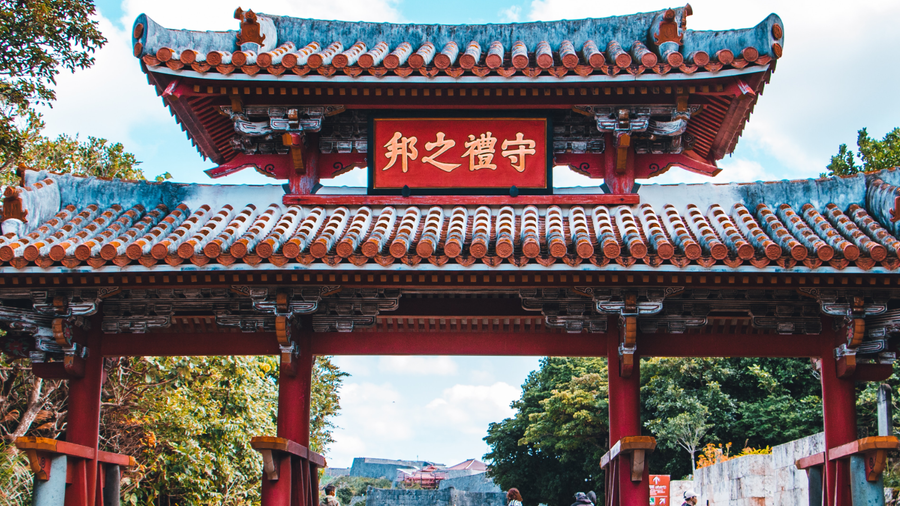· 5 min read
The Intriguing World of Japanese Dialects: Understanding Regional Variations
Dive deep into the fascinating world of Japanese dialects, exploring the top dialects, their number of speakers, and how to navigate the linguistic landscape as a foreign language learner.

Japan is a country with a rich linguistic history, which has led to the development of numerous regional dialects. In this article, we will delve into the concept of dialects, explore the top Japanese dialects, and discuss how foreign language learners can navigate this complex linguistic landscape.
What is a dialect?
A dialect is a form of a language that is spoken in a particular geographical area or by a specific group of people. Dialects can differ from one another in various aspects, including pronunciation, grammar, and vocabulary. These differences often develop as a result of geographical, social, and historical factors.
Top Japanese Dialects
While there are many regional dialects in Japan, we will focus on a few of the most prominent ones:
1. Kansai-ben (関西弁)
Kansai-ben is spoken in the Kansai region, which includes cities like Osaka, Kyoto, and Kobe. It is one of the most well-known dialects in Japan and is often associated with a friendly and humorous demeanor. Kansai-ben has approximately 20 million speakers.
2. Hakata-ben (博多弁)
Hakata-ben is the dialect spoken in the city of Fukuoka on the island of Kyushu. This dialect is known for its distinctive intonation and unique vocabulary. There are around 5 million speakers of Hakata-ben.
3. Tohoku-ben (東北弁)
Tohoku-ben is spoken in the northeastern region of Japan called Tohoku. This dialect is characterized by its distinct pitch and unique vocabulary. Tohoku-ben has approximately 9 million speakers.
4. Okinawan (沖縄方言)
Okinawan is spoken on the Okinawa Islands, located to the south of Japan’s main islands. Okinawan is not only a dialect, but it is also considered a separate language within the Japonic language family. The number of Okinawan speakers is estimated to be around 1.2 million.
How to Know Which Dialect You’re Learning
When learning Japanese as a foreign language, the standard dialect taught is usually Hyojungo (標準語), or Standard Japanese. This form of Japanese is based on the Tokyo dialect and is used in formal settings, education, and media throughout Japan.
As a foreign language learner, you’ll primarily be learning Standard Japanese. However, as you progress in your studies and interact with native speakers from different regions, you may encounter various dialects. Being aware of regional variations can enrich your understanding of the language and the culture.
Understanding Multiple Dialects
Learning multiple dialects might not be necessary for most learners. However, it can be beneficial to familiarize yourself with the unique features of the major dialects. This knowledge will help you understand the language better and allow you to communicate more effectively with native speakers from different regions.
A Glimpse at Vocabulary Differences in Popular Dialects
To give you a taste of the diversity in Japanese dialects, let’s compare some common vocabulary differences between Standard Japanese (Hyojungo) and the popular Kansai-ben and Hakata-ben dialects.
Greetings
| Standard Japanese | Kansai-ben | Hakata-ben |
|---|---|---|
| こんにちは (Konnichiwa) | こんにちは (Koncha) | こんにちは (Konchikuwa) |
| ありがとう (Arigatou) | おおきに (Ookini) | どうも (Doumo) |
Common Phrases
| Standard Japanese | Kansai-ben | Hakata-ben |
|---|---|---|
| だろう (Darou) | やろう (Yarou) | だろ (Daro) |
| だけど (Dakedo) | やけど (Yakedo) | ばってん (Batten) |
| わからない (Wakaranai) | わからへん (Wakarahen) | わからん (Wakaran) |
These examples illustrate how vocabulary can vary between dialects, but it’s important to remember that differences in pronunciation and grammar also exist. Understanding these variations will enhance your language learning journey and provide you with valuable insights into Japanese culture.
Tips for Navigating Japanese Dialects as a Language Learner
When learning Japanese, you’ll likely start with Standard Japanese, also known as Hyojungo. However, being aware of dialects and their differences can be beneficial for the following reasons:
- Cultural understanding: Learning about dialects can deepen your understanding of Japanese culture and regional identities.
- Listening comprehension: Being familiar with dialects can improve your listening skills and help you understand conversations between native speakers from different regions.
- Travel: If you plan to travel within Japan, knowing some regional expressions can make your experience more enjoyable and allow you to connect with locals.
Here are some tips for navigating Japanese dialects as a language learner:
- Focus on mastering Standard Japanese first, as it is the most widely spoken and understood dialect.
- When you encounter dialect-specific vocabulary or expressions, take note of them and try to understand the context in which they are used.
- Practice listening to regional accents and dialects through videos, podcasts, or language exchange partners from different areas of Japan.
- If you’re particularly interested in a specific region or dialect, consider learning more about its unique expressions and vocabulary.
By being aware of and embracing the diversity of Japanese dialects, you can enrich your language learning journey and gain a deeper appreciation for the cultural tapestry that makes up Japan.
Your Future with Japanese
Japan’s linguistic landscape is a fascinating and diverse one. As a language learner, understanding regional dialects can greatly enhance your experience of learning Japanese and provide you with a deeper appreciation for the culture. By familiarizing yourself with the various dialects and their features, you can become a more versatile and confident Japanese speaker.